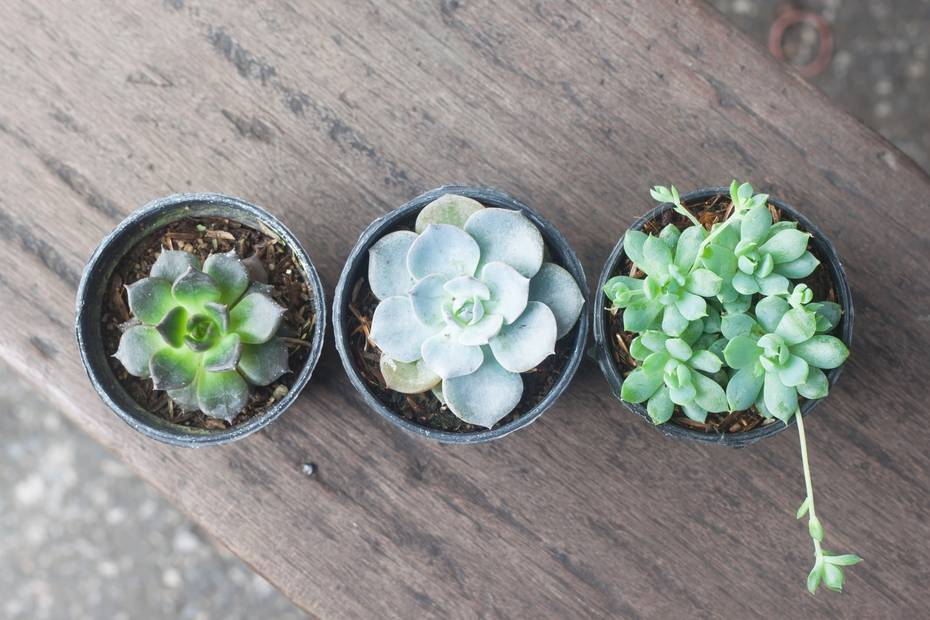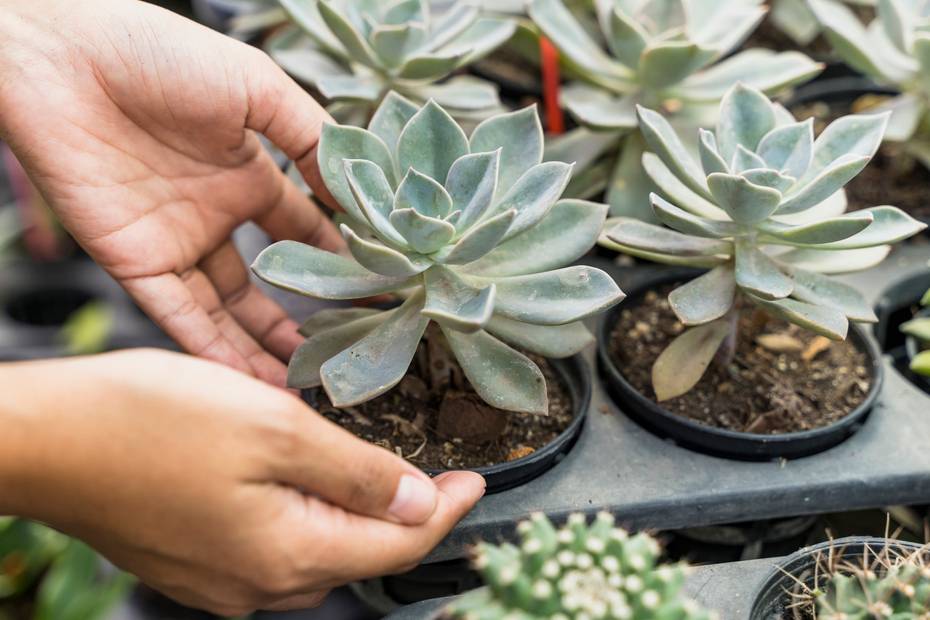8 Varieties of Striking Black Succulents
The inclusion of plants with dark foliage can add a captivating touch to your outdoor space. Among the numerous succulents available, there are several impressive varieties that display dark leaves, such as the Blue Barrel Cactus. While all cacti are succulents, not all succulents are cacti. “Cactus” represents a specific plant family, while “succulent” refers to a broader group encompassing various botanical families.
Although some plants may exhibit a true black color, many showcase shades of deep purple or occasionally dark blue. Regardless of their exact hue, these succulents’ dark leaves create a striking contrast when paired with plants sporting brighter foliage, such as those with golden leaves. While some of these succulents produce attractive flowers, they are predominantly grown for their appealing foliage.
Succulents, in general, are excellent low-maintenance alternatives to plants that require a greater amount of attention. Their drought-tolerance makes them ideal for gardeners who do not have the time to constantly water plants that cannot endure dry periods on their own. Explore eight exceptional choices for succulents with striking dark foliage.
Black Hens and Chicks (Sempervivum tectorum)

There are numerous types of hens and chicks plants, also known as “houseleeks,” that possess dark foliage. The appropriately named Sempervivum ‘Black’ is just one example. Often, these dark plants display their intense color at the tips of their leaves. Planting the chartreuse/golden Angelina stonecrop (Sedum rupestre ‘Angelina’) alongside it can create a pleasing color contrast.
USDA Zones: 3 to 8
Sun Exposure: Full sun
Height: 6 to 12 inches
Soil Needs: Well-drained; drought-tolerant
Black Zebra Cactus, or “Haworthia” (Haworthiopsis limifolia)

Haworthiopsis limifolia, commonly known as the Black Zebra Cactus, bears a resemblance to Aloe vera plants. Both are often grown as houseplants in northern regions. The raised spots on the foliage of Haworthiopsis limifolia have a bumpy texture and stand out visually against the rest of the leaf surface.
USDA Zones: 9 to 11
Sun Exposure: Full sun to partial shade
Height: 6 to 12 inches
Soil Needs: Well-drained; drought-tolerant
Mexican (or Black Prince) Hens and Chicks (Echeveria ‘Black Prince’)

The appearance of Sempervivum plants and Echeveria plants is quite similar. In fact, both are commonly referred to as “hens and chicks.” However, Sempervivum usually have small teeth along the margins of their leaves, whereas Echeveria boasts smooth leaf margins. One significant difference between the two is their hardiness: Sempervivum can withstand cold temperatures, while Echeveria cannot.
USDA Zones: 9 to 12
Sun Exposure: Full sun
Height: Usually about 4 inches
Soil Needs: Well-drained; drought-tolerant
Purple Wood Spurge (Euphorbia amygdaloides ‘Purpurea’)

This evergreen perennial also possesses excellent resistance to deer. Its greenish-black leaves, chartreuse bracts, and red stems make it a striking addition to any rock garden.
USDA Zones: 4 to 9
Sun Exposure: Full sun to partial shade
Height: 12 to 18 inches
Soil Needs: Well-drained; drought-tolerant
Black Knight Hens and Chicks (Echeveria affinis ‘Black Knight’)

Echeveria ‘Black Knight’ is another notable black succulent. Its enchanting appearance is especially striking when the new leaves start to develop. This variety boasts a contrast between the lighter inner leaves (representing new growth) and the darker outer leaves. Like all succulents, the outer leaves should be removed as they wither to prevent infestations by aphids and other pests.
USDA Zones: 9 to 11
Sun Exposure: Full sun
Height: 6 inches
Soil Needs: Well-drained; drought-tolerant
Black Rose Tree Houseleek (Aeonium arboreum ‘Zwartkop’)

It is important not to confuse the term “houseleek” with “tree houseleek.” As the common name suggests, the latter is a taller plant, although it does not grow into an actual tree. If there is any confusion regarding the common name, simply remember that the species name, arboreum, comes from the Latin word meaning “of a tree.” Due to its relatively taller height compared to other succulents, it can be placed in the center or near the back of any group of succulents, serving as a focal point.
USDA Zones: 9 to 11
Sun Exposure: Full sun to partial sun
Height: 3 to 4 feet
Soil Needs: Well-drained; drought-tolerant
Chocolate Drop Stonecrop (Sedum ‘Chocolate Drop’)

Chocolate Drop is just one of the many varieties of stonecrop, with the most well-known being ‘Autumn Joy.’ However, Chocolate Drop offers more interesting foliage than its popular relative, showcasing a rich burgundy color that occasionally appears almost black. Additionally, Chocolate Drop produces attractive pink flower clusters. As it tends to become floppy, providing support will allow for the best display.
USDA Zones: 4 to 8
Sun Exposure: Full sun
Height: 1 foot
Soil Needs: Well-drained; drought-tolerant
Blue Barrel Cactus (Ferocactus glaucescens)

The Blue Barrel Cactus boasts such a deep blue color that it is often mistaken for a black succulent. For those seeking a cactus with a true black appearance, the Echinopsis ancistrophora ‘Arachnacantha’ may be a preferred choice. Caution should be exercised with the thorns if children are playing in the area. Yellow flowers add further visual interest to the foliage.
USDA Zones: 9 to 11
Sun Exposure: Full sun
Height: 1 to 2 feet
Soil Needs: Well-drained; drought-tolerant














